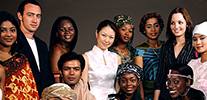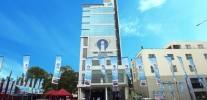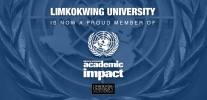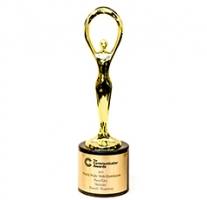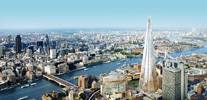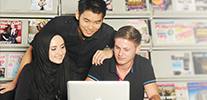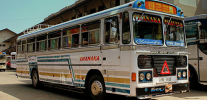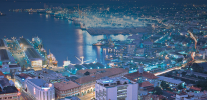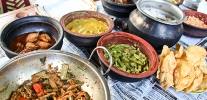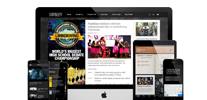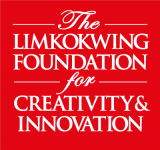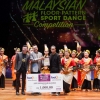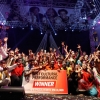
With a history that spans since antiquity, Albania is a treasure trove of archaeological discoveries and natural attractions that is home to a population of almost 3 million people living within this small south-eastern European country.
Culture
Albanian culture is shaped by the Byzantine Empire, Bulgarian Empire and the Ottoman Empire. When Albania declared its independence on 28 November 1912, the country experienced significant cultural and industrial revolution. Currently, there are two cultural groups in Albanian territories, namely the Ghegs who live in the north, and the Tosks who live in the south. Both cultural groups share a strong national identity and ethnic culture.
Etiquettes and Custom
Albanians tend to be very enthusiastic and expressive with their hands. Communication style is very direct with some things but also indirect with sensitive issues, particularly on embarrassing or shameful topics.
Typical customs emphasise the importance of family values and most Albanians like to maintain a positive image of their family. Traditionally, women are the primary caretakers of the home and tend to spend most of their time at home raising children, while men are known for being protective of their wives and daughters.
Clothing
Traditional Albanian clothing is crafted by specialised craftsmen and women using cotton, wool and silk that are interwoven with gold and silver. Decorations are often symbolic with pagan elements such as suns, eagles, moons, stars and snakes being the most common. These fabrics are traditionally woven by using looms that vary in detail, material, colour, shape and form.
Economy
Albania is a developing country with a modern open market economy. The country’s agricultural sector comprises half of the employment segment but contributes to one-fifth of its Gross Domestic Product.
The country’s recently reformed economic model has enabled it to refocus from fuel, oil and minerals into exporting agricultural products, construction materials and goods, machinery and equipment. This new model also focuses on production in manufacturing and mechanical industry as well as other industries.
New sectors with economic development potential include manufacturing, agro-industry, food processing, chemicals and plastic as well as energy, transportation, infrastructure and tourism.
Demographics
According to Worldometers, the population of Albania is currently 2,910,466.
The country’s major religious followers are Muslim (56.7%), Roman Catholic (10%), Orthodox (6.8%), atheist (2.5%), Bektashi (2.1%), others (5.7%) and unspecified (16.2%). Main ethics groups in the country are Albanians (82.6%), Greeks (0.9%), Vlach, Romani, Macedonian, Montenegrin, Egyptian (1%), unspecified (15.5%) based on CIA World Factbook 2011 estimates.
This article is part of a series highlighting the unique cultures featured in the recently concluded Limkokwing International Cultural Festival 2017.

